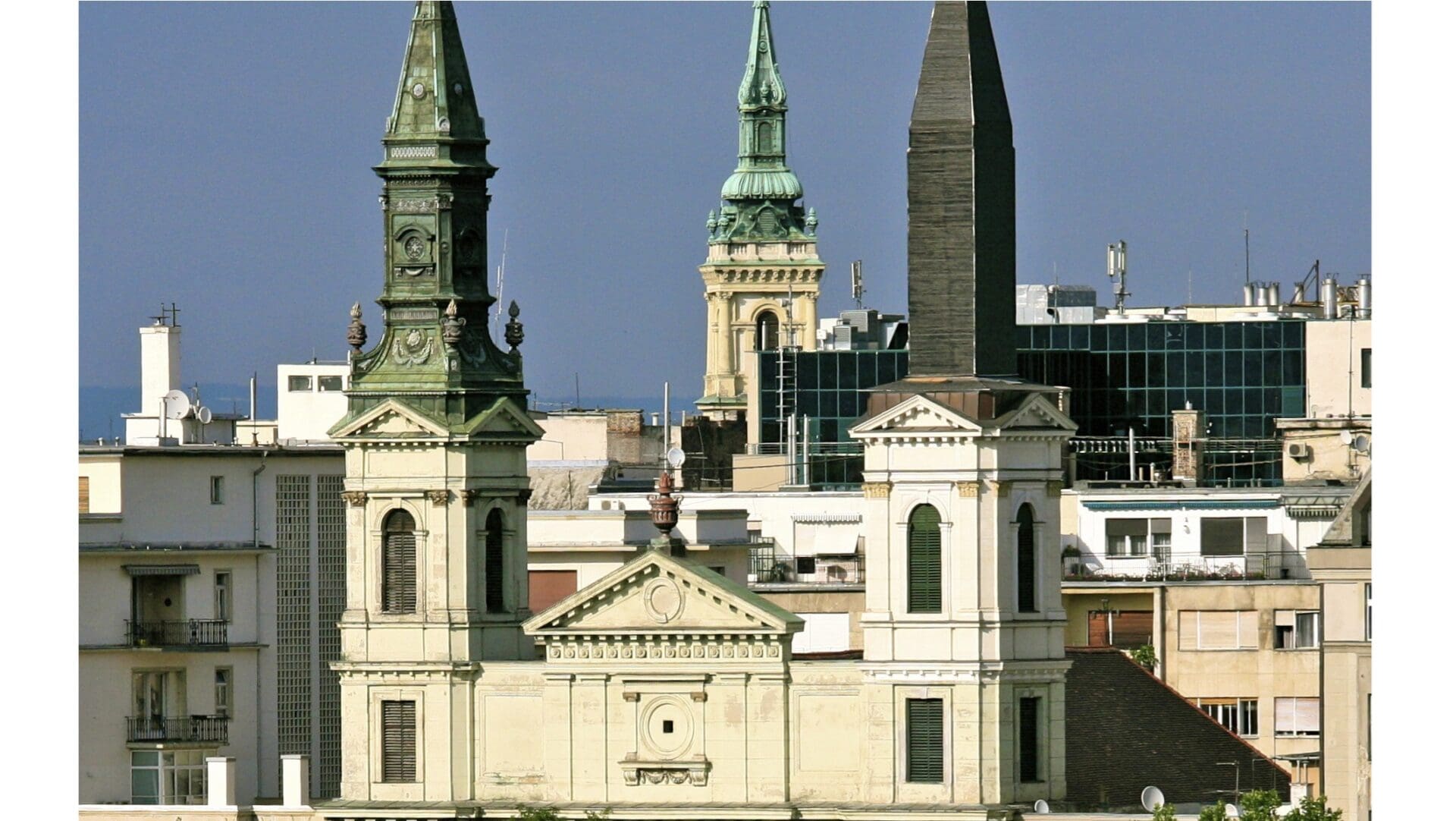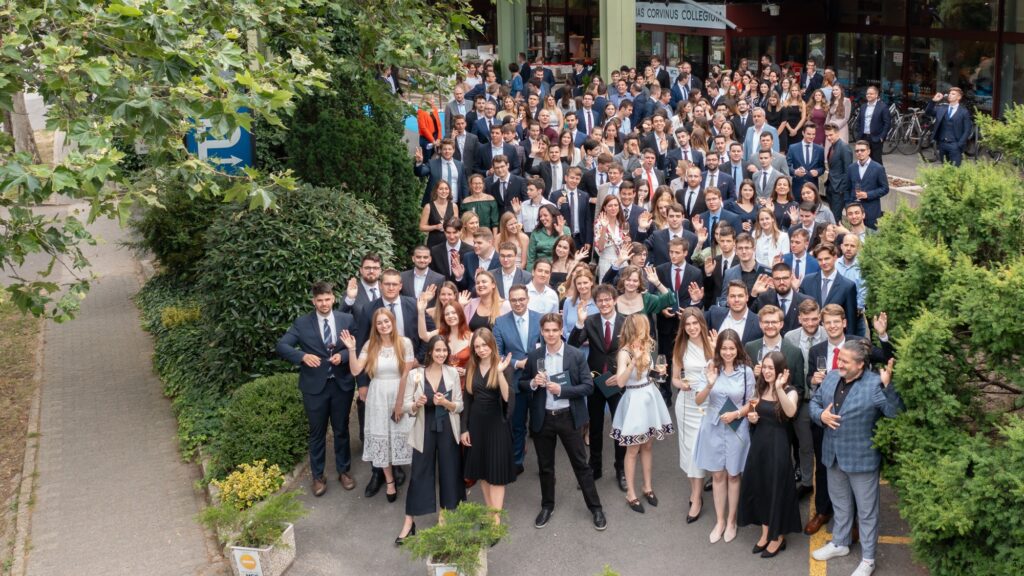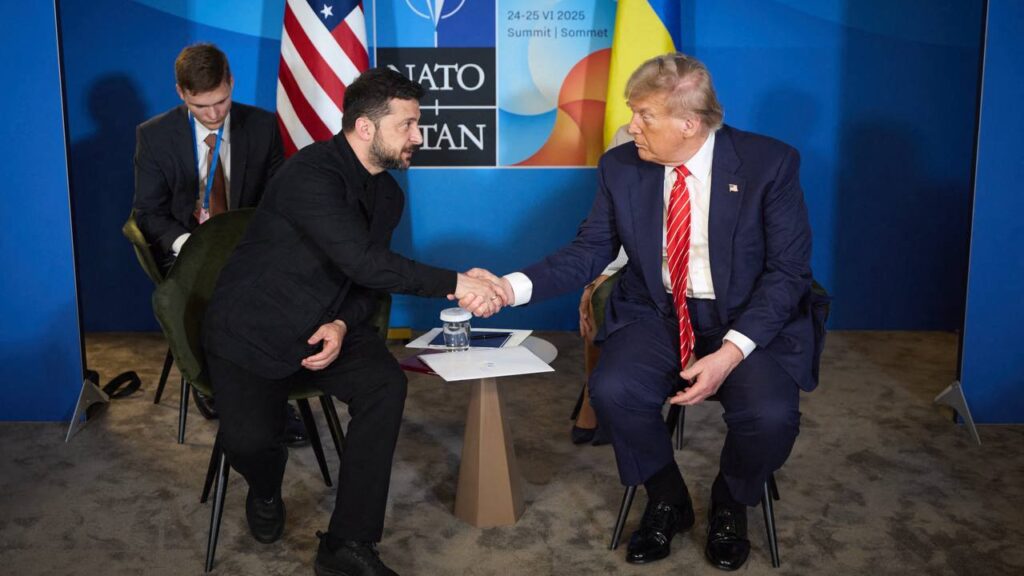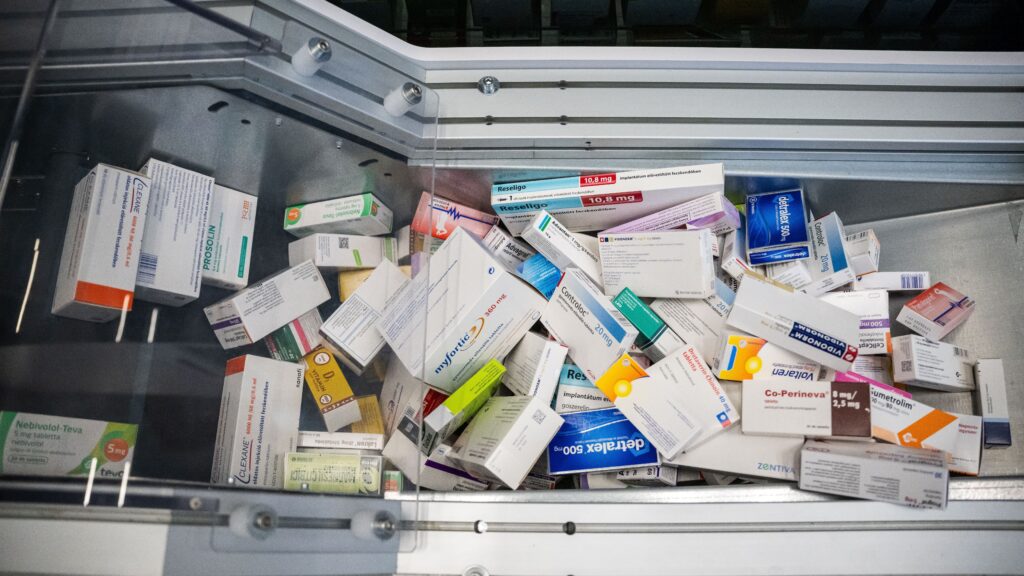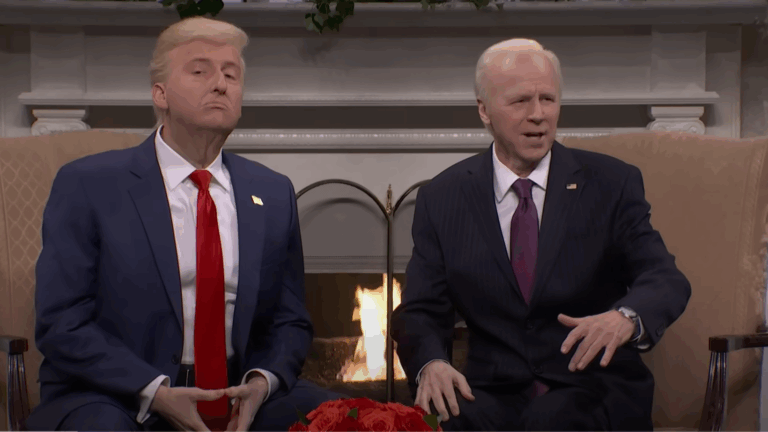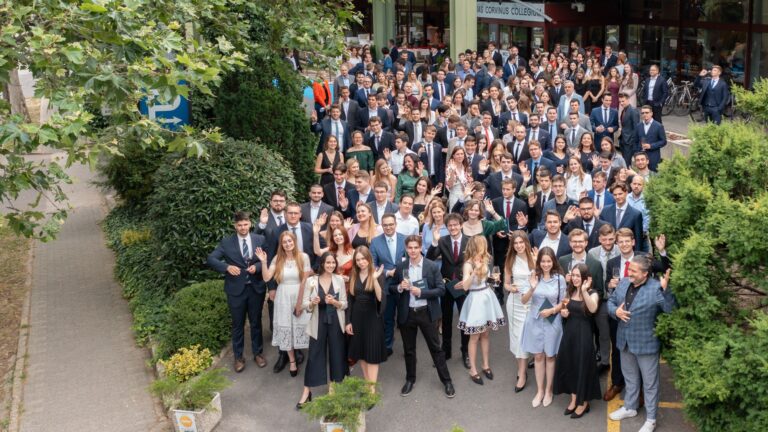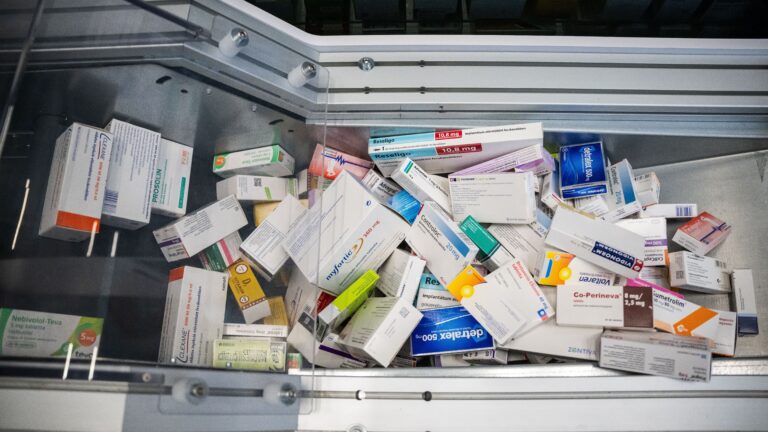The Russian Orthodox church is one of a dozen Orthodox communities that are present in Hungary. Albeit only less than half a percentage of the Hungarian population belongs to one of these Orthodox communities, all of them have a longstanding and vibrant legacy in Hungary. The Russian Orthodox church in particular not only has saints of Hungarian origins, as we have covered earlier, but they also own buildings across the country that enormously contribute to the great reputation of Hungarian cities as being outstandingly beautiful.
The Hungarian Diocese of the Russian Orthodox Church (Moscow Patriarchate) has 11 places of worship in the country, four of which are located in Budapest. The newest church of the Patriarchate was built a couple of years ago in the city of Hévíz, to welcome Russian tourists there for service who arrive to the city to visit its thermal baths. The cathedral, the central church of the Hungarian Orthodox community under the Moscow Patriarchate is called the Cathedral of the Assumption of the Blessed Virgin Mary (Istenszülő elhunyta Nagyboldogasszony-székesegyház). It is located on the bank of the Danube River on the Pest side.
The cathedral was originally built by Greek members of the Hungarian Orthodox community, who received permission to build the impressive church by the Danube River in 1790.
The building was completed in 1801. In 1873, however, the two towers of the church were redesigned to add two extra floors to the building, using the plans of the famous Hungarian architect Miklós Ybl (who also designed the Hungarian State Opera House among many other palaces and churches). The tower, which is the most outstanding element of the church’s exterior design, was unfortunately damaged during World War II—the tower that is closer to the Erzsébet Bridge collapsed. While, after the war, there were attempts to rebuild the tower, its reconstruction took decades. It was not until 2010 that the tower was partially rebuilt—however, the newly reconstructed tower was much simpler, as it lacked the ornamentation of the original design. The complete reconstruction of the tower did not happen until 2019 when it was remodelled in the original style designed by Ybl.
Owning to the church’s Greek origins, the language of the service was Greek until 1949, albeit the religious community’s ethnic makeup changed gradually and was eventually Hungarianized. Changing the language of service to Hungarian was an important step in preserving the church as a vibrant community—by the 20th century, mostly ethnically Hungarians attended the services. In recent years, Hungarian is not the only language of the church, it also hosts services in Church Slavonic. The Slavic liturgical language became in use in the cathedral when it was transferred into the ownership of the Moscow Patriarchate in the 1950s under Mátyás Rákosi’s leadership.
The decision to transfer all Orthodox assets and also to instruct believers to suddenly accept the Moscow Patriarch as their prime religious leader instead of their ethnic Serbian, Romanian etc. metropolitans was disputed by the Ecumenical Patriarchate of Constantinople throughout the Cold War.
The decision was viewed to be politically motivated, as Hungary was occupied by Soviet forces and was being transitioned into a Communist state-socialist system at the time of the transfer, and therefore the decision was rejected based on the Orthodox canon law.
To resolve the religious disputes, in the 1990s, the Universal Patriarchate of Constantinople–Orthodox Exarchate of Hungary was established,
as an alternative for Orthodox believers to belong to. The Exarchate later sued the Moscow Patriarchate for the ownership of the cathedral in Budapest that was built in the 19th century from ethnically Greek believers’ donations (once the Greek Orthodox church received its independence or autocephaly, the religious representation of the Greek diaspora became the responsibility of Constantinople). Constantinople could not prove its legal right to the building, however, so the largest Orthodox church in Budapest stayed in the ownership of the Russian Orthodox community.
The current Metropolitan of Budapest and Hungary is Hilarion (his civil name is Grigory Valerievich Alfeyev) a well-noted theologian and a decorated member of the Moscow Patriarchate.
Hilarion, who conversed for about 20 minutes with Pope Francis during his 2023 visit to Hungary, was rumoured to become the next Moscow Patriarchate at some point, until he called for praying for the ‘cessation of every military confrontation between Russia and Ukraine’ and was soon relocated to Budapest from his powerful position as the so-called ‘Foreign Minister of the Russian Orthodox Church’ in Moscow. It is not Hilarion’s first time serving in Budapest—he was the Metropolitan of the Budapest Church between 2003 to 2009 as well. Incidentally, this period marked one of Vladimir Putin’s visits to Budapest. As a closing to the programme of his busy trip schedule in the Hungarian capital, the Russian President visited the Cathedral of the Assumption of the Blessed Virgin Mary, before attending a dinner in then-Prime Minister Ferenc Gyurcsány’s home.
Related articles:

